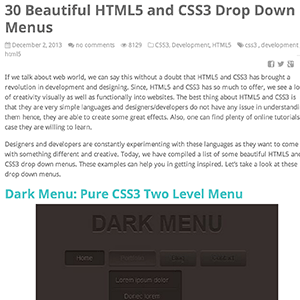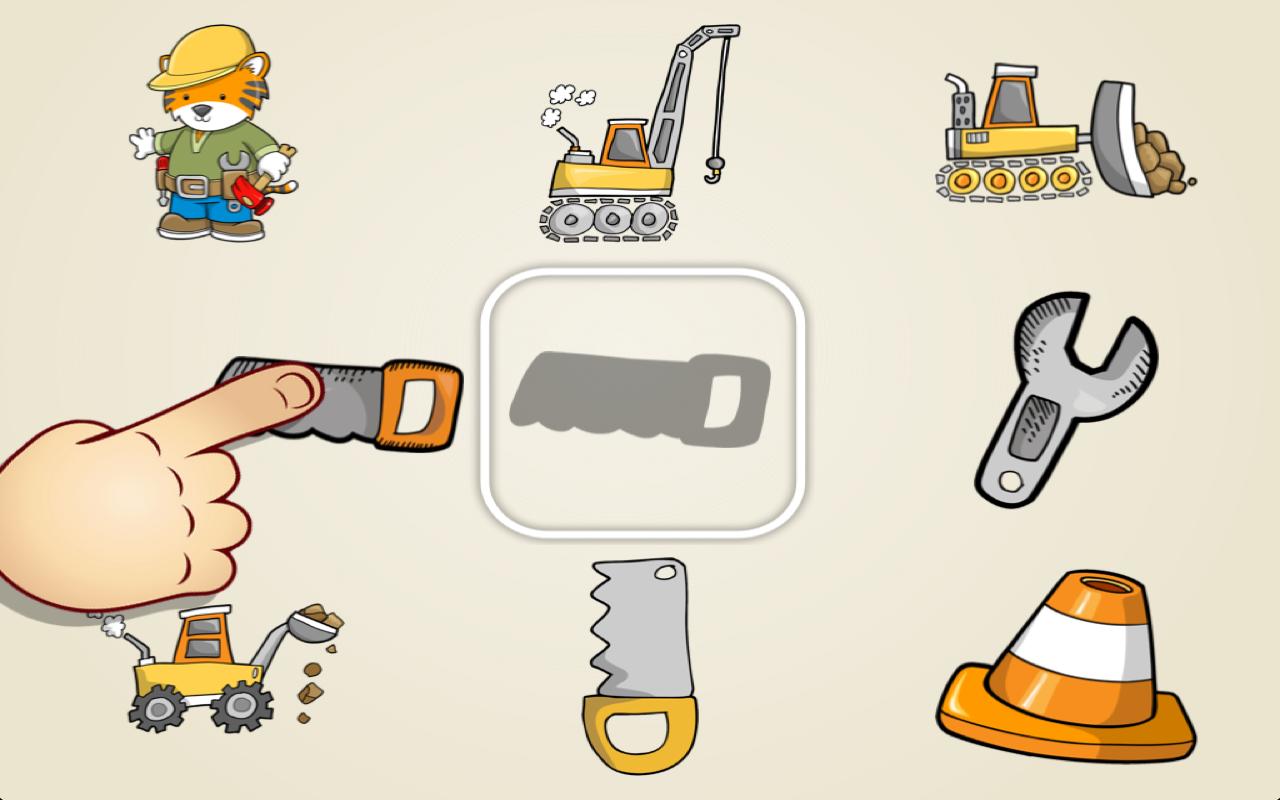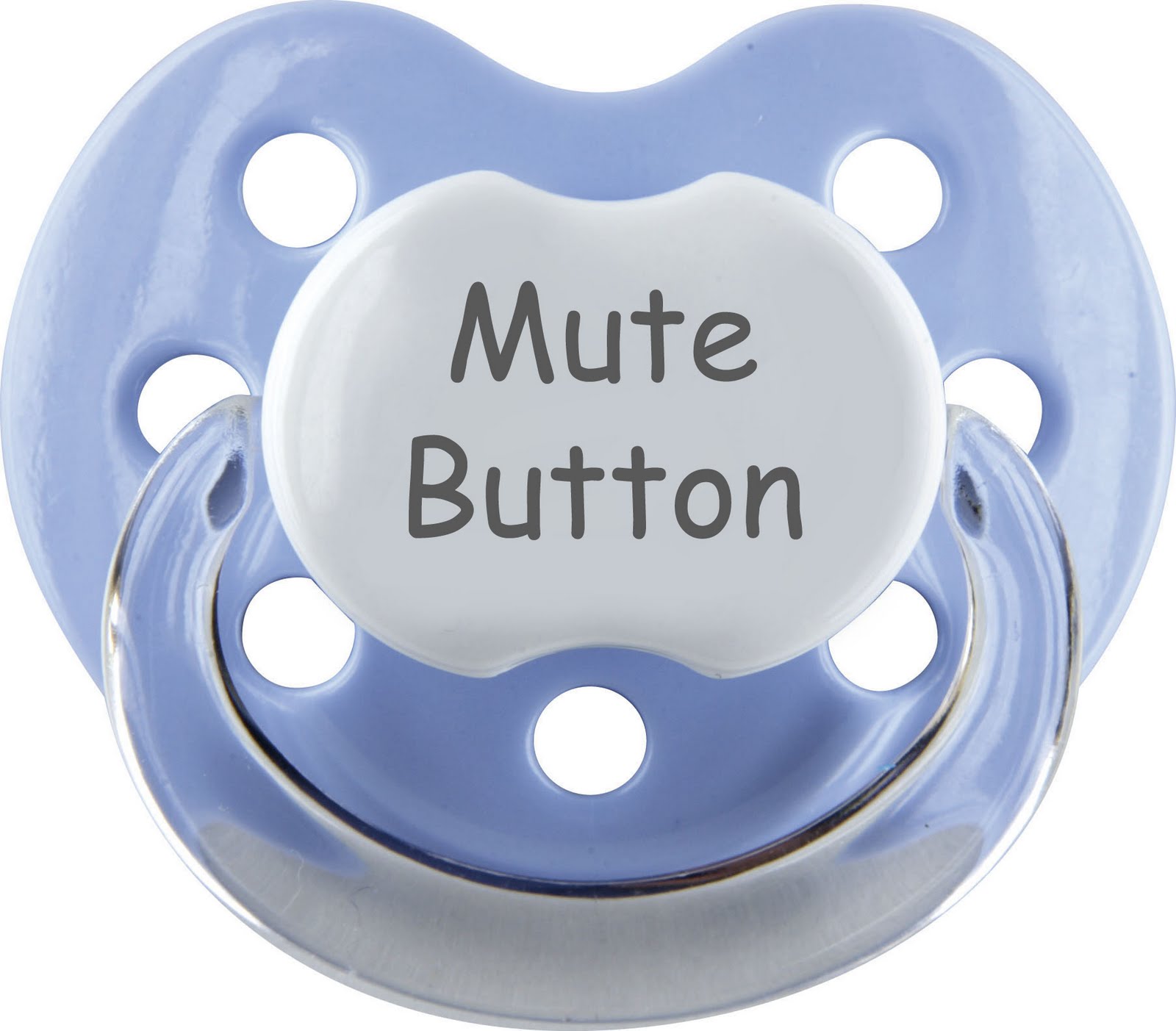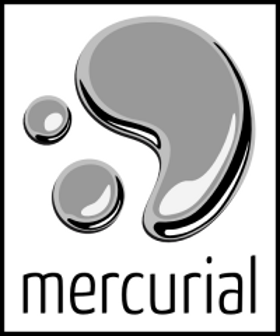Website and Final Project Description
Week 01
29th January - 4th February 2014
The very first assignment was to install and get aquainted with the Mercurial version control system by following a couple of tutorials.

The next part of the assignment was to build a website. We were given a bunch of CMS, wiki and blog engine choices to explore. After a bit of research I decided to stick with a standard popular html5 template.

Then I went on customizing it and tried to do it with Vim in terminal but that wasn't a lot of fun. Google helped me out and I found Brackets. Actually, highly recommended. Open source project from Adobe is something new.

Then I realized that this template needs quite some work to get it to play nicely with the site structure I have in mind... At the very least - it needs some drop-down menus. And then some smart way to arrange containers. This now just doesn't cut it. Let's see where it goes from here...
final project description
Here comes the fun part...
Finally, we're getting to the last and most exciting part of this week's assignment - which is to describe my final project.

It's going to be a set of high-tech gimmicky toys for newborn and toddlers. Toys that could interact with each other wirelessly, blink some lights, play some tunes and maybe even move. They should also be able to detect light/motion/sound and commnicate all of this to grandma on the other side of the globe. Grandma should also be able to interact with her grandkid via these toys, playing some silly games. It is going to be sort of a baby gym, but one that would make a bit more sense to the toddler than just "hit and blink" logic.

Due to the nature of the user of these toys - they should not have a 100-page manual, and be completely baby-safe. That means inductive charging and food-grade silicon and plastics. Or, preferably - wood. it's rather tempting to through every known technology at this project, like Xbee, RFID, capacitive touch sensing, etc, however given the scope of the project some decisions will need to be made. Let's see how far I can get.
So, after all this time and consideration the final idea evolved to be a robotized rubik's twist puzzle. It should act as both - an input device and an actuator. So that when you have two of them - you could twist one into a shape and the second one would follow.
Basically it becomes a modular servo motor puzzle. Something like this has already been built at the media lab - when robots are assembled and motion is programmed by moving parts of a robot and recording the movements.
One of the challenges here is generating enough momentum to drive the pieces of snake. The most efficient and compact transmission is worm drive. However it has a major disadvantage in this case - the motion is not reversible. You can not drive the worm gear by rotating the slave gear.

